About a month ago, a regional brigade of the Islamic Revolutionary Guards Corps (IRGC), the militia that undergirds the power in the Islamic Republic of Iran, held a political conference in the port city of Bushehr on the Persian Gulf. The keynote speaker was a surprise for most attendees: Salim al-Montasser, an envoy of Yemen’s Houthis, who the US and the UK targeted in airstrikes last night. The Houthis are a Shia militia that holds power in Yemen’s capital, Sanaa, and is regarded as the sovereign Yemeni government by Tehran (but not by the Arab League or the international community).
Al-Montasser was profuse in his endorsement of Iran’s Supreme Leader Ayatollah Ali Khamenei for whom he used the title of “Imam,” an especially sacred designation for Shia Muslims which, in modern terms, has only been used to refer to Khamenei’s predecessor, the regime founder Ayatollah Ruhollah Khomeini. Khamenei’s continual foresight, al-Montasser claimed, had pre-guaranteed the eventual victory of the Axis of Resistance, the grouping of anti-Israel militias led by Iran.
Such hyperbolic language is now commonplace for the forces of the Axis which include significant militias In Lebanon, Iraq, Syria, Yemen, Afghanistan, Pakistan and other countries. Having long lost any popularity at home, Khamenei has staked his leadership on building a regional alliance of anti-Israel forces that threaten the Jewish state with destruction even while all major Arab states have long given up on such perspective.
Recruiting Houthis to this broad alliance, and helping them seize Sanaa in 2014, is considered among the top achievements of IRGC’s most storied commander, Qasem Soleimani, who led the group’s external operations wing, the Quds Force, before being killed in a US drone strike in 2020.
Like many of Iran’s so-called proxies, Houthis have their own history, independent of Iran. Their demographic basis are the Zaydi Shia tribes of northern Yemen, who form about forty percent of Yemeni population. But this population wasn’t always given to supporting a revolutionary group. From 1918 to 1962, northern Yemen was run by a Shia absolute monarchy which enjoyed the military support of Saudi Arabia as it faced off its Arabist revolutionary rivals who were, in turn, backed by Egypt of socialist president, Gamal Abdel Nasser.
Even some Iranians used to look down on the Houthis as tribal hillbillies
In the 1990s, as northern and southern Yemen were united for the first time in the modern era, Shias helped found a political party that was inspired by the Iranian, Islamic Revolution of 1979, staged by their fellow Shias. The Al-Haq (Party of Truth) was welcomed by wily politicians of the newly united Yemen, such as president Ali Abdullah Saleh, as a potential counterweight to Al-Islah, a party with historical links to Muslim Brotherhood, the main Sunni Islamist grouping in the Arab world.
Unlike the Brotherhood, revolutionary Tehran wasn’t interested in having parliamentary allies. Through the IRGC, it started cultivating ambitious elements in Al-Haq. Hossein Houthi, son of a major Zaydi cleric and a MP elected in 1993, spearheaded a new grouping. Resigning from the parliament in 1997, he traveled to Iran and Syria and helped bring about a new militia called Ansarallah (Friends of God). As Hossein relied on his tribal links to build up the new party, it became better known as simply the Houthis.
The Houthis successfully fomented an insurgency in northern Yemen but Hossein himself was killed in 2004. His battle cry, five catchy slogans that summarized the group’s outlook, are emblazoned on the banner of the group: God is Great, Death to US, Death to Israel, Curse the Jews, Victory to Islam.
As Houthis now find themselves a center of global attention, the same five slogans and the same murderous banner still define the group. Following Hossein’s killing, his younger brother, Abdulmalek, then only twenty-five, picked up the mantle and continues to lead the group today.
Abdulmalek further solidified the group’s ties with Tehran. Under his leadership, the Houthis could have simply run a low-intensity campaign from mountains of northern Yemen, where they are strongest. But the Arab Spring of 2011 presented a historic opportunity to Houthis and their Iranian backers to take control of Yemen. When president Saleh was overthrown in a revolution, Saudi Arabia and other countries of the Gulf Cooperation Council came together to help bring about a transitional government including elements of Al-Islah and all the other major political factions in the country. But under the guidance of Soleimani, the Houthis wrecked the deal and instead campaigned for a revolutionary government of their own. The gamble paid off, and they were able to seize power in Sanaa in 2014. They have held power for almost a decade, despite a ferocious civil war and significant foreign interventions from the Saudis, the United Arab Emirates and many other Arab countries.
Soleimani helped upgrade the Houthis and turned them into something that Hossein had always dreamed of: a more sophisticated group akin to Hezbollah, a Lebanese militia planned and built by IRGC in the 1980s. Before Soleimani, even some IRGC trainers had looked down on the Houthis as tribal hillbillies with a politics as crude as their banner suggests. Soleimani changed this and helped upgrade the group. Today, Houthi soldiers are training in the Maritime University of Imam Khamenei in Rasht, in northern Iran, and in the IRGC’s secret camps on the Persian Gulf.
What will the current confrontation bring? The Houthis were once seen as a rare Iranian ally on the Arabian Peninsula, right next to Iran’s traditional rival, Saudi Arabia. The Iranian-Saudi rivalry also made itself felt during Yemen’s long war, making the people of Middle East’s poorest country once more subject to regional contests beyond their borders. Since last year, when China helped bring about a reconciliation between Iran and Saudi Arabia, there has been an expectation that Yemen’s ferocious civil war will be wound down as part of a deal between Tehran and Riyadh. Negotiating directly with Houthis, Saudis were seen to be accepting the group as part of the future of Yemen. But with its brinksmanship and adventurism, the group has now threatened the people of Yemen and the entire region with a broadening conflict. Wary as they are of a direct clash with Israel, even the men of IRGC might now be apprehensive about the unpredictability of their Yemeni disciples.
This article was originally published on The Spectator’s UK website.



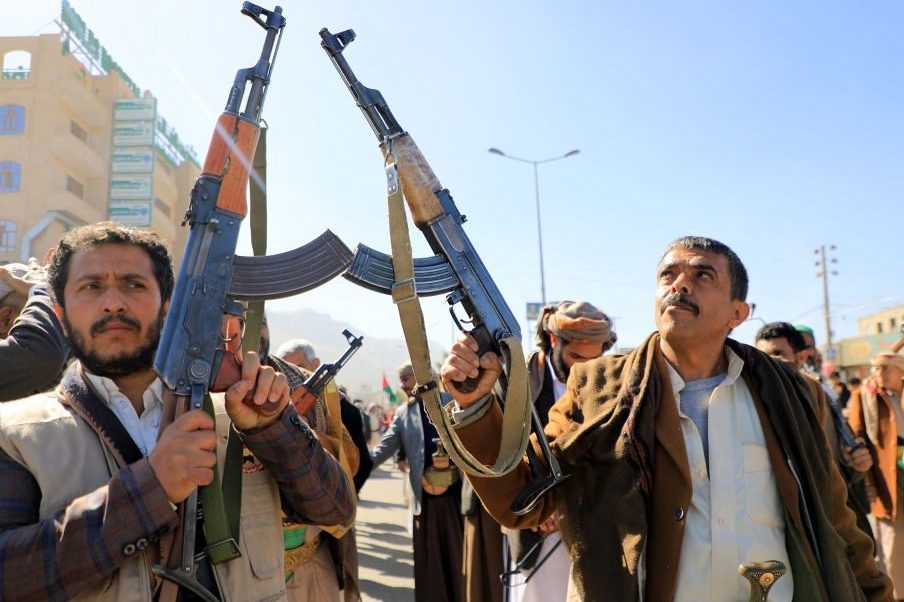







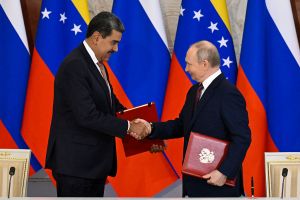

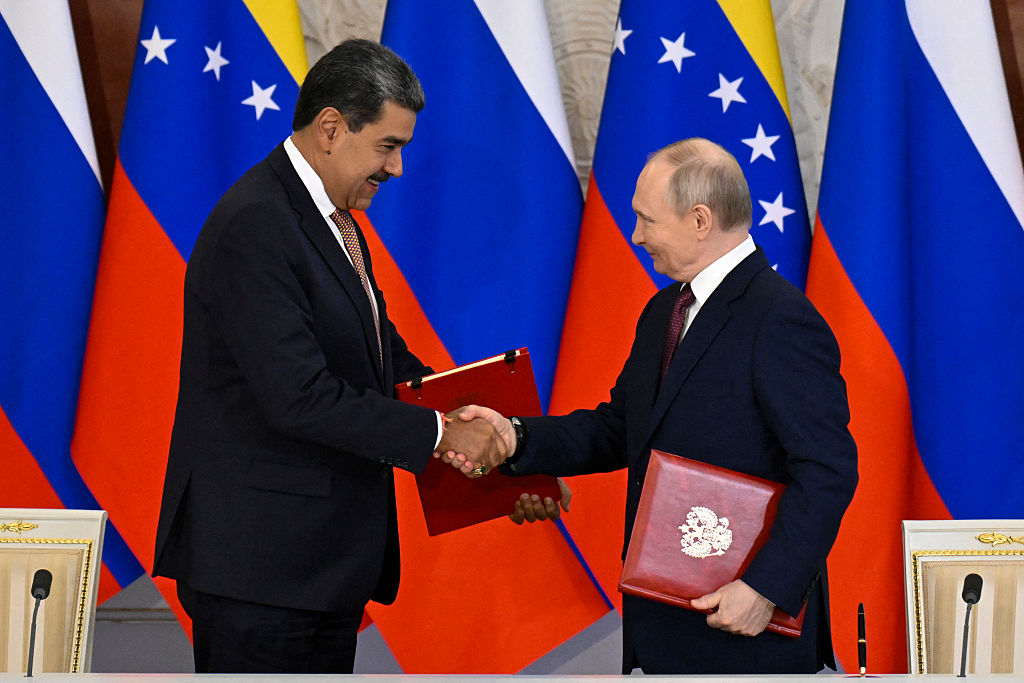

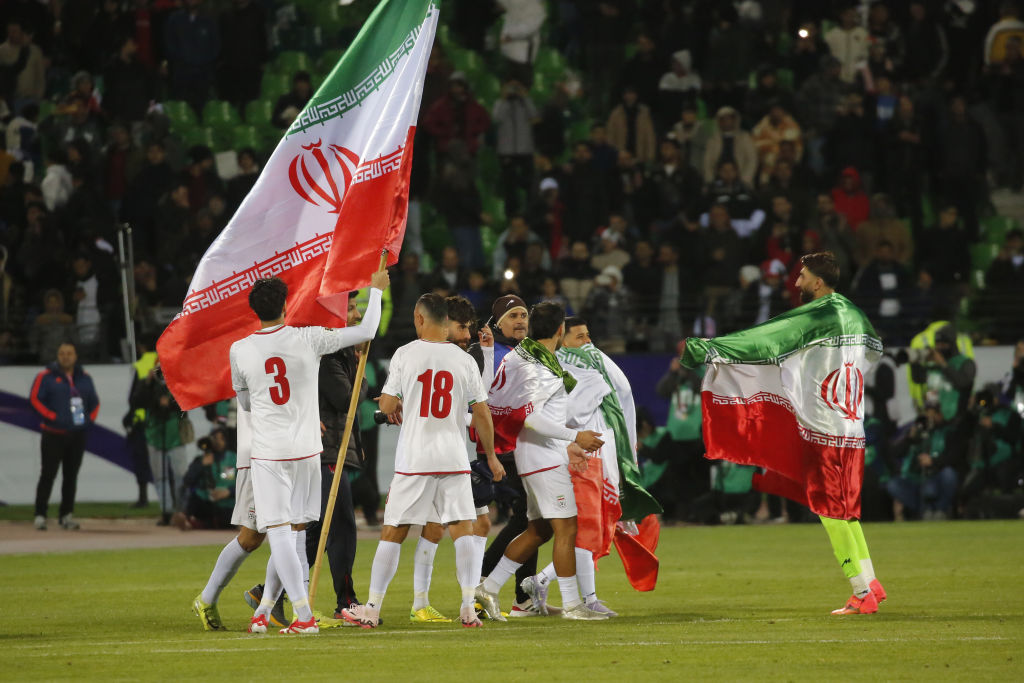
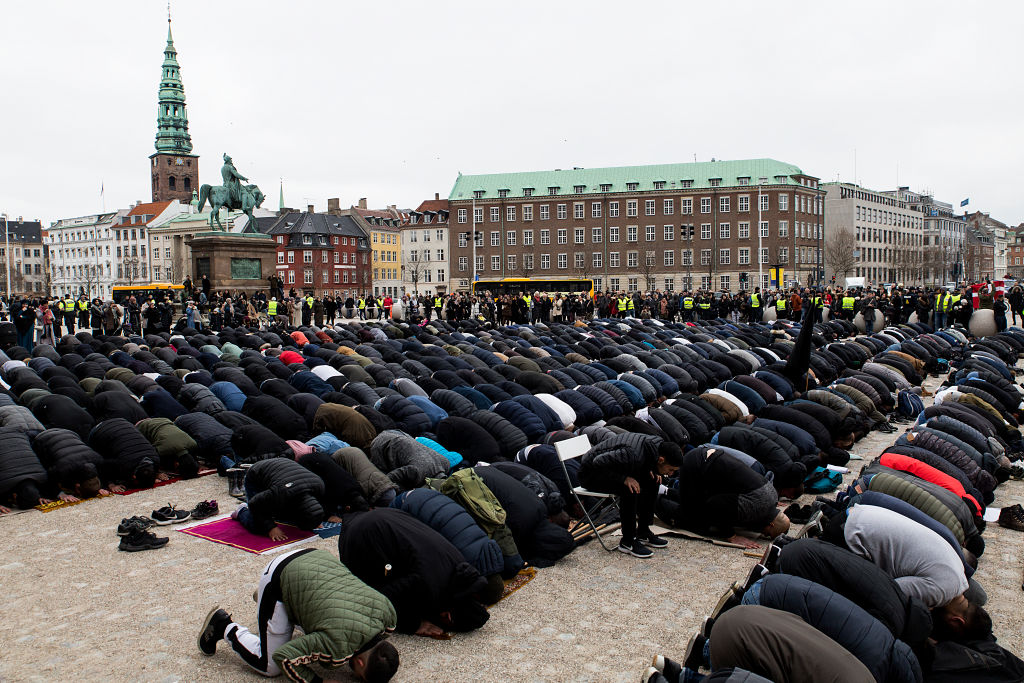
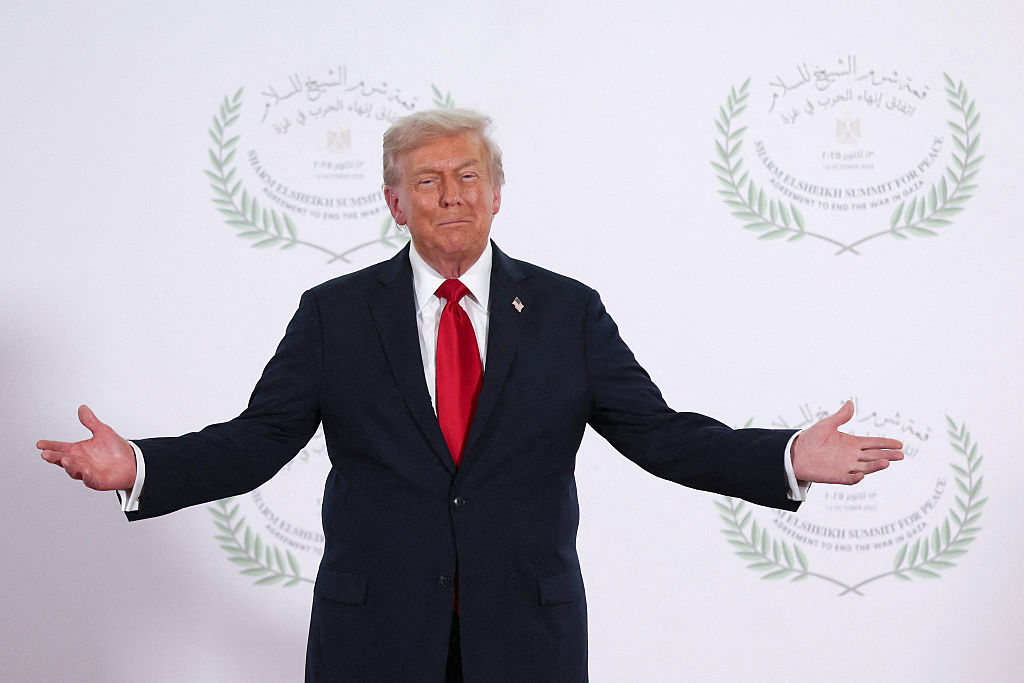
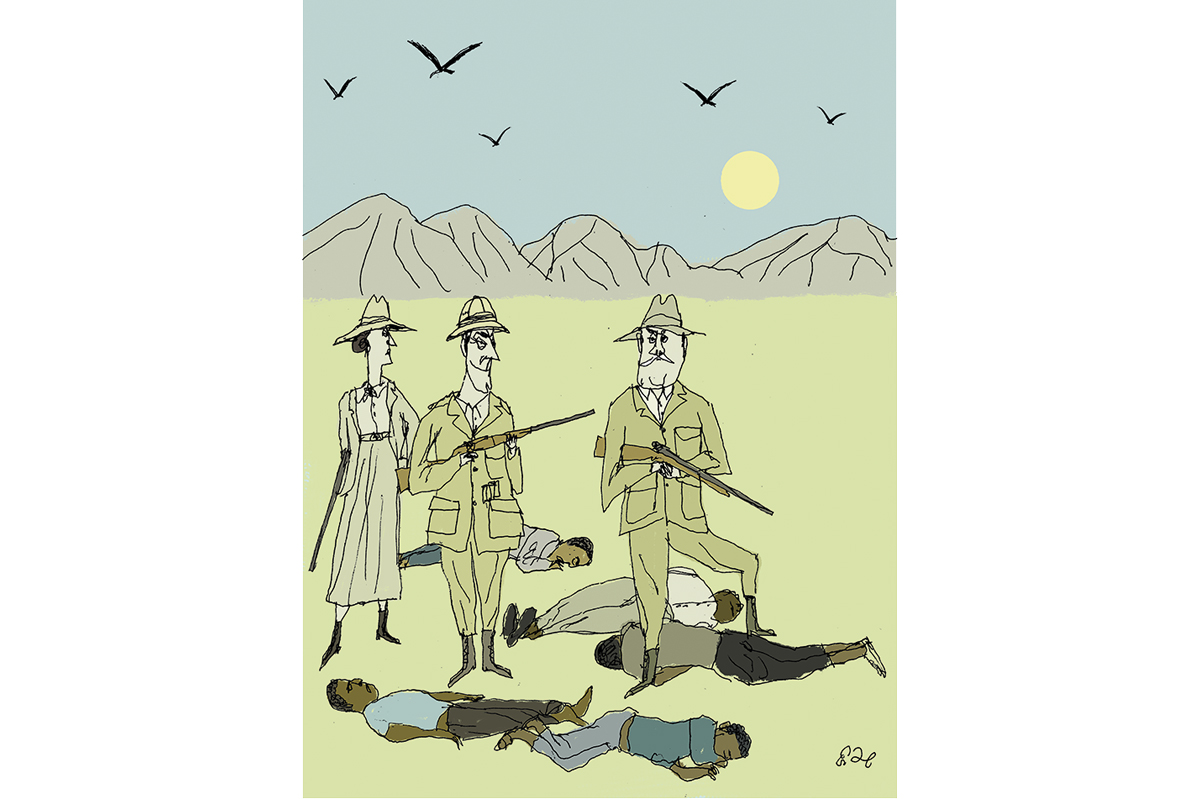







Leave a Reply